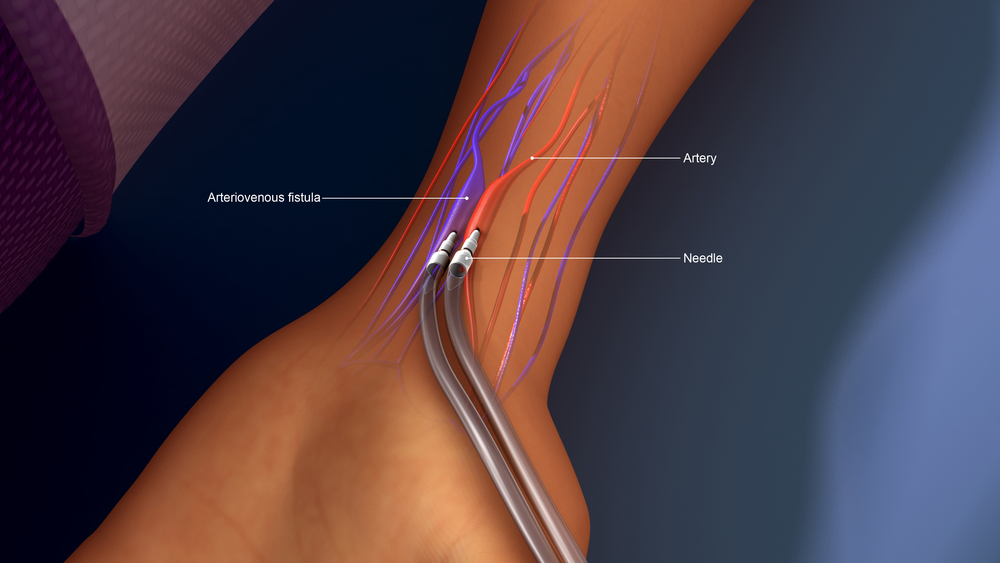Blood Purification Technique Could Offer Therapeutic Benefits for Multiple Myeloma

A technique called extracorporeal blood purification (EBP) could be used to remove certain molecules from the blood and potentially treat different conditions, including multiple myeloma and kidney complications associated with the cancer.
This is according to data presented at the American Society of Nephrology’s (ASN) annual Kidney Week, which was held in Chicago Nov. 15-20.
”While our findings conclude that targeting these molecules is possible, further research will help us understand the clinical impact of removing these molecules from the blood,” according to a press release quoting Markus Storr, PhD, the senior R&D manager at Baxter International Inc., which conducted the research.
During EBP, blood is passed through a membrane situated in a circuit outside the body, which filters it from harmful molecules, and returns it to the body.
The researchers explored two areas where EBP may play a therapeutic role for multiple myeloma and other conditions.
In the first study they assessed the ability of different membranes to remove cytokines, including IL-6, from the blood. IL-6 is a growth factor that stimulates inflammatory and autoimmune response during trauma or illness. Previous research has shown that IL-6 also acts as a survival factor in multiple myeloma, and is involved in the pathogenesis of the disease. Consequently, removing it from the blood could result in a regression of tumor progression.
The results have shown that the membranes tested in this study are able to remove IL-6 and certain cell-activating molecules from blood. They also showed that more porous mid-cut-off and high-cut-off membranes are able to remove these molecules an increased rate.
In the second study, researchers assessed the ability of two types of membranes to clear four mid-sized molecules that are of potential interest for the treatment of myeloma kidney disease, as well as other conditions such as sepsis and rhabdomyolysis, a condition where damaged skeletal muscle breaks down rapidly and is released into the blood.
They simulated treatment with both membranes and found that one of the membranes called the high-cut-off dialyzer was more efficient in removing the molecules that were being studied.
Multiple myeloma is characterized by antibody-producing white blood cells being transformed into malignant myeloma cells. These cells then start producing abnormal antibodies called M proteins, which build up in the body and can cause damage to organs, including kidneys.





